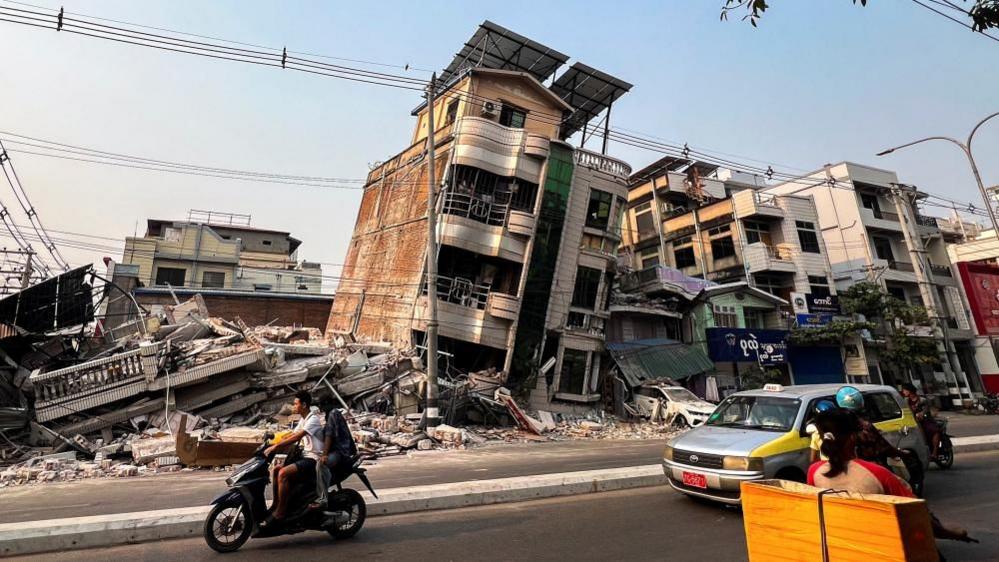
Seismologists have long warned of a catastrophic seismic event looming over North India. Now, as Delhi and its neighbouring regions reel under extreme weather and tremors, concern over the region’s vulnerability is reaching new heights.
Delhi, classified under Seismic Zone IV, stands perilously close to one of the world’s most volatile tectonic collision zones — where the Indian and Eurasian plates meet under the mighty Himalayan arc. This region, with a history of devastating earthquakes, is once again in focus.
Experts fear that a massive earthquake — potentially magnitude 8.5 or higher — is overdue. Known ominously as the “Great Himalayan Earthquake”, such an event could have catastrophic consequences, putting millions of lives at risk across the subcontinent.
Just weeks ago, on March 28, 2025, a 7.7-magnitude earthquake in Myanmar sent tremors as far as Bangkok, where it caused the collapse of a 30-story under-construction tower. Though most of Bangkok’s infrastructure survived the impact, the event has served as a chilling reminder of the seismic dangers facing cities in the region.
Violent Dust Storm Adds to Growing Fears
On Friday, a massive dust storm accompanied by gusty winds and torrential rain battered the Delhi-NCR region. The weather chaos brought traffic to a halt, uprooted trees, and sparked panic among residents.
Amid the disruption, social media lit up with harrowing accounts of buildings shaking, fans and lights swinging, and residents fearing an imminent earthquake.
“My building is literally shaking right now. I’m on the 20th floor. Lights are swinging like a pendulum. It feels like a 20-minute earthquake,” wrote one Delhi NCR resident, who also described feeling nauseous and too afraid to use the elevator.
The strong winds and seismic-like vibrations were so intense that some mistook the storm itself for a quake. The panic was amplified as over 15 flights were diverted from Delhi’s Indira Gandhi International Airport, with one IndiGo passenger sharing terrifying footage of mid-air turbulence and multiple diversions before landing.
A City on the Brink
Seismologists emphasize that Delhi’s proximity to the Himalayan fault line, combined with its rapid urban development and population density, makes it extremely susceptible to widespread destruction in the event of a major quake.
As tremors, storms, and shifting tectonic plates continue to test the city’s resilience, experts stress the need for proactive preparedness and stronger infrastructure to avert disaster.





